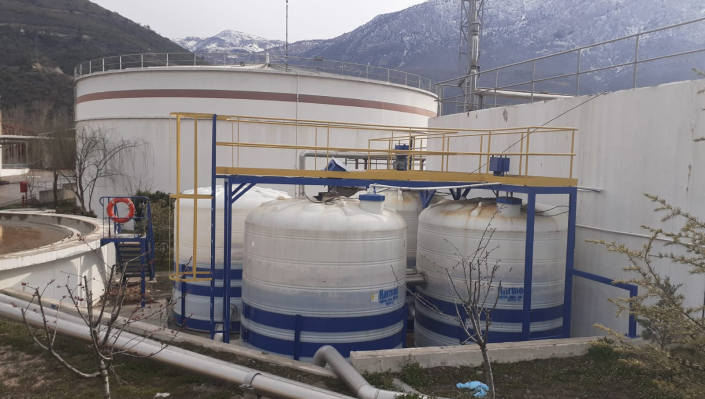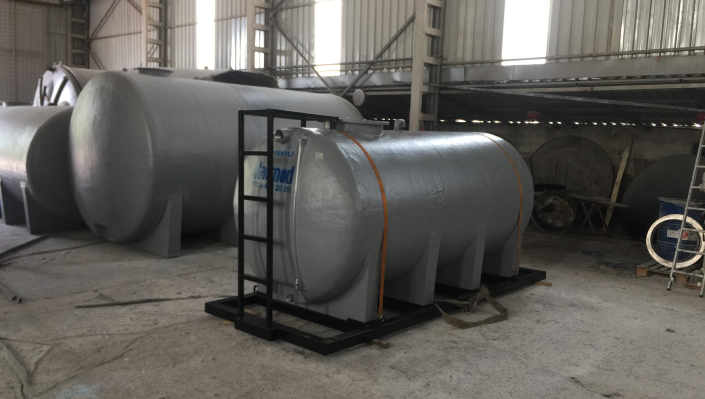Tanks serve various purposes in many areas today, particularly water tanks that find extensive use in the industrial field. These tanks are not only employed for transportation but also play critical roles on production lines and in safeguarding raw materials.
Water tanks have a broad range of applications, extending beyond corporate settings to individual use, such as rainwater collection systems, spring water storage, and even for preserving food items like pickles. Especially in rural areas, where delivering water can be challenging, these tanks prove to be highly effective. Their primary functions include storing food or chemical content to protect it, facilitating transportation when needed, and evacuating the content as required.

Various devices are available to measure water quality, offering instant assessments of water microbiology. For more in-depth analysis, food engineers take water samples, which are then thoroughly examined using specialized devices. Additionally, the water's microbiology diversity is assessed by studying water content under a microscope.
The quality of water is determined by its mineral content, contributing to good quality, while bacteria and radiological traces can indicate poor quality. Water travels to our world through clouds, potentially encountering various contaminants in the process. Therefore, it is essential to boil and filter water before consumption. However, some filtration processes may not remove radiological residues from water.
If issues arise with water quality after storage, the water tank should be investigated as the potential source of the problem. The most common cause of such problems lies in the cleanliness of the tank. Regularly cleaning the tank will address this issue. For water or sensitive content storage, it is recommended to clean the tank after each use.
Let's Briefly Recognize Water Tanks
Tanks are manufactured using three different raw materials: polyethylene, polyester, and stainless steel. These materials have been identified as the best options through meticulous research and development (P&D) studies. Additionally, all tanks come with a two-year guarantee.
Each raw material boasts its unique advantages. To summarize, polyethylene water tanks are the most cost-effective due to their production methods, which involve series production as a single piece. Polyester tanks are highly effective for storing chemical contents, accommodating various types of content. Stainless steel and polyester tanks offer the convenience of on-site assembly owing to their production methods.

In addition to raw materials, tank designs come with their distinct advantages. For instance, silo tanks provide full discharge capability, making them ideal for storing chemicals like detergents and even pulses. Pickle tanks are specifically designed for pickling processes. Subsoil tanks find utility in storing valuable ingredients or as septic tanks. Finally, horizontal tanks are widely used in mobile vehicles like caravans, yachts, and trucks.
In this article, we have highlighted the importance of water quality and briefly discussed the features of various tanks. If you are interested in obtaining one of these tanks, please feel free to contact our customer representatives for a personalized offer.


 EN
EN
 DE
DE
 FR
FR
 IT
IT
 ES
ES
 PT
PT
 RU
RU
 AR
AR
 BG
BG
 SR
SR
 GR
GR
 SQ
SQ
 RO
RO
 PL
PL
 HU
HU
 CZ
CZ
 HR
HR
 AZ
AZ
 GE
GE
 AM
AM
 IL
IL